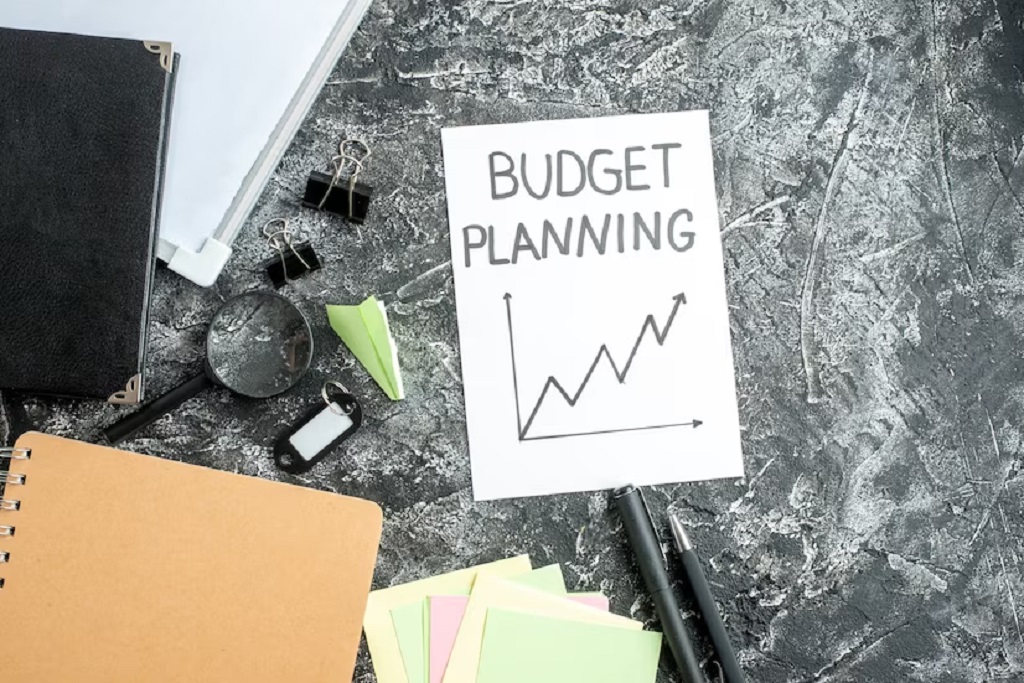In the world of business, efficiency is the name of the game. Every project, whether big or small, aims to achieve its goals while keeping costs under control. In this article, we will delve into the strategies and techniques that can help projects reduce their costs without compromising on quality. From streamlined processes to resource optimization, we’ll cover it all. So, if you’re looking to make your projects more cost-effective, you’ve come to the right place. This article is crafted by Ubuzzup.com.
Embracing Lean Methodologies
When it comes to cutting costs, adopting lean methodologies can make a significant difference. Lean principles focus on eliminating wasteful practices, improving process efficiency, and enhancing value delivery. By identifying and eliminating non-essential steps in your project workflow, you can reduce resource usage and minimize the time taken to complete tasks. Explore cost saving ideas.
Streamlined Workflows
One of the cornerstones of lean methodologies is streamlining workflows. Break down your project into smaller, manageable tasks, and identify any bottlenecks or unnecessary steps. By optimizing the flow of work, you can enhance productivity and ensure that resources are used efficiently.
Just-In-Time Production
Another principle of lean methodologies is adopting a just-in-time production approach. This involves producing or acquiring resources only when they are needed. This can prevent overstocking, reduce storage costs, and minimize the risk of resource wastage.
Leveraging Technology and Automation
In today’s digital age, technology can be a game-changer when it comes to cost reduction. Automation tools and software can handle repetitive tasks, freeing up human resources for more value-added activities.
Project Management Software
Investing in robust project management software can centralize communication, task allocation, and progress tracking. This not only enhances collaboration but also reduces the chances of miscommunication or duplicated efforts.
AI-Powered Insights
Artificial Intelligence (AI) can provide valuable insights by analyzing large datasets and identifying patterns. By leveraging AI, projects can make data-driven decisions that optimize processes, allocate resources effectively, and identify areas where cost reduction is feasible.
Effective Resource Management
Resource management plays a pivotal role in controlling project costs. By ensuring that resources are allocated optimally and wastage is minimized, projects can achieve their objectives without exceeding the budget.
Skillful Workforce Allocation
Assigning tasks based on individual skill sets ensures that the right person handles the right job. This reduces the likelihood of errors and rework, ultimately saving time and money.
Resource Sharing
In some cases, resources can be shared across multiple projects or departments. This can include physical assets, software licenses, or even expertise. By sharing resources, projects can avoid unnecessary purchases and reduce overall expenses.
Sustainable Procurement Practices
Procurement is an area where strategic decisions can lead to substantial cost savings. By adopting sustainable procurement practices, projects can make environmentally friendly choices that often come with financial benefits.
Supplier Collaboration
Developing strong relationships with suppliers can lead to better pricing, favorable terms, and priority access to resources. Collaborative partnerships can result in win-win scenarios, where both parties benefit from cost savings.
Energy-Efficient Solutions
Opting for energy-efficient equipment and technologies can significantly lower operational costs in the long run. From energy-efficient lighting to eco-friendly office supplies, every small step counts.
In conclusion, reducing project costs requires a combination of strategic planning, process optimization, and resource management. Embracing lean methodologies, leveraging technology, practicing effective resource allocation, and adopting sustainable procurement practices are all key steps in achieving this goal. Understanding the 7 streams of income is one key aspect of the continuous improvement journey in project management. By implementing these strategies, projects can not only enhance their cost-efficiency but also deliver exceptional results. Remember, the path to cost reduction starts with a commitment to continuous improvement and a willingness to explore innovative solutions.







